The 'concept' or 'show' car emerged after WW2 as a means of generating publicity and gauging the public's reaction to often-radical ideas for new models. They were built as design proposals, rolling laboratories, marketing experiments, automotive provocations and everything in between. Without them and their (usually) female decoration, international motor shows would have remained little more than uninspiring mega-showrooms. Most of these show cars enjoyed only limited exposure, mainly for the benefit of the international motoring press. What happened to these extraordinary vehicles after their short-lived career in the public eye depended primarily on the period they were made in. During the 1950s, development budgets were tight and one-off experimental cars were usually sold after the show period, just like a car from the production line. Such disposal was made possible by the fact that these early show cars were (more or less) normally functional, being largely based on the chassis and mechanical components of some existing model. Until the 1970s, show cars were produced by specialised coachbuilders, which would deliver tailor-made cars to both carmakers and an affluent international clientele. This haute voiture niche, the heritage from the inter-war period, would quietly fade away, affected by changes in mass-production technology and increasingly stringent homologation requirements. After this period, modern show cars would mostly disappear into carmaker's storage facilities, some of them eventually appearing in museums or exhibitions as static icons. In recent times the Italian school of automotive design and coachbuilding has generated the richest variety of innovative ideas. The art and science of conceptual automotive culture flourished in the Turin-Milan-Modena axis, in the fertile soil of old and new car makers, design studios and international motor sports. There, on the verge of modern times, the BMW Spicup was born. During the 1960s BMW enjoyed a close relationship with Carrozzeria Bertone, whose star designer Giorgetto Giugiaro had been responsible for the 3200CS coupé, so when the Italian coachbuilder wanted to showcase engineer Enzo Cingolani's idea for a retractable roof, it was to the German firm that they turned. The 'Spicup' (Spider/Coupé) was the result. BMW's E3 saloon platform was chosen, the example supplied to Bertone having the 2.8-litre version of the SOHC straight-six engine installed. The chassis was numbered 'V.0010' – the V standing for Versuchswagen (experimental car). Its futuristic appearance notwithstanding, the Spicup's main talking point was its novel roof, which consisted of stainless steel panels that retracted into the hefty roll bar. Although the idea never made it to production, it did influence the lines of Bertone's Targa-top FIAT X1/9. With Giugiaro off to Carrozzeria Ghia, it was left to Marcello Gandini to finish the Spicup, incorporating what for a time was his signature front end with its part-concealed headlamps, seen also in the Alfa Romeo Montreal and Lamborghini Jarama. After premiering on Carrozzeria Bertone's stand at the 1969 Geneva Salon, the Spicup was exhibited at the Concorso d'Eleganza in Allassio in June and finally at that year's Frankfurt Motor Show. Its subsequent whereabouts are not totally clear, though it appears that the car was sold to a private owner shortly afterwards. Several sources have reported the Spicup being present in the mid-1970s at the German mega-dealer Auto Becker in Düsseldorf, which had a special showroom devoted to exotic cars at that time. A few years later, the Spicup was purchased by a Dutch motor dealer who decided to keep the car and obtained regular road registration. The exterior colour was changed from green to orange and the elaborate multi-hued green and silver interior was sprayed over – in black. In this configuration the car was used as a daily driver for the next 10 years, covering some 100,000 kilometres, which makes it pr
The 'concept' or 'show' car emerged after WW2 as a means of generating publicity and gauging the public's reaction to often-radical ideas for new models. They were built as design proposals, rolling laboratories, marketing experiments, automotive provocations and everything in between. Without them and their (usually) female decoration, international motor shows would have remained little more than uninspiring mega-showrooms. Most of these show cars enjoyed only limited exposure, mainly for the benefit of the international motoring press. What happened to these extraordinary vehicles after their short-lived career in the public eye depended primarily on the period they were made in. During the 1950s, development budgets were tight and one-off experimental cars were usually sold after the show period, just like a car from the production line. Such disposal was made possible by the fact that these early show cars were (more or less) normally functional, being largely based on the chassis and mechanical components of some existing model. Until the 1970s, show cars were produced by specialised coachbuilders, which would deliver tailor-made cars to both carmakers and an affluent international clientele. This haute voiture niche, the heritage from the inter-war period, would quietly fade away, affected by changes in mass-production technology and increasingly stringent homologation requirements. After this period, modern show cars would mostly disappear into carmaker's storage facilities, some of them eventually appearing in museums or exhibitions as static icons. In recent times the Italian school of automotive design and coachbuilding has generated the richest variety of innovative ideas. The art and science of conceptual automotive culture flourished in the Turin-Milan-Modena axis, in the fertile soil of old and new car makers, design studios and international motor sports. There, on the verge of modern times, the BMW Spicup was born. During the 1960s BMW enjoyed a close relationship with Carrozzeria Bertone, whose star designer Giorgetto Giugiaro had been responsible for the 3200CS coupé, so when the Italian coachbuilder wanted to showcase engineer Enzo Cingolani's idea for a retractable roof, it was to the German firm that they turned. The 'Spicup' (Spider/Coupé) was the result. BMW's E3 saloon platform was chosen, the example supplied to Bertone having the 2.8-litre version of the SOHC straight-six engine installed. The chassis was numbered 'V.0010' – the V standing for Versuchswagen (experimental car). Its futuristic appearance notwithstanding, the Spicup's main talking point was its novel roof, which consisted of stainless steel panels that retracted into the hefty roll bar. Although the idea never made it to production, it did influence the lines of Bertone's Targa-top FIAT X1/9. With Giugiaro off to Carrozzeria Ghia, it was left to Marcello Gandini to finish the Spicup, incorporating what for a time was his signature front end with its part-concealed headlamps, seen also in the Alfa Romeo Montreal and Lamborghini Jarama. After premiering on Carrozzeria Bertone's stand at the 1969 Geneva Salon, the Spicup was exhibited at the Concorso d'Eleganza in Allassio in June and finally at that year's Frankfurt Motor Show. Its subsequent whereabouts are not totally clear, though it appears that the car was sold to a private owner shortly afterwards. Several sources have reported the Spicup being present in the mid-1970s at the German mega-dealer Auto Becker in Düsseldorf, which had a special showroom devoted to exotic cars at that time. A few years later, the Spicup was purchased by a Dutch motor dealer who decided to keep the car and obtained regular road registration. The exterior colour was changed from green to orange and the elaborate multi-hued green and silver interior was sprayed over – in black. In this configuration the car was used as a daily driver for the next 10 years, covering some 100,000 kilometres, which makes it pr
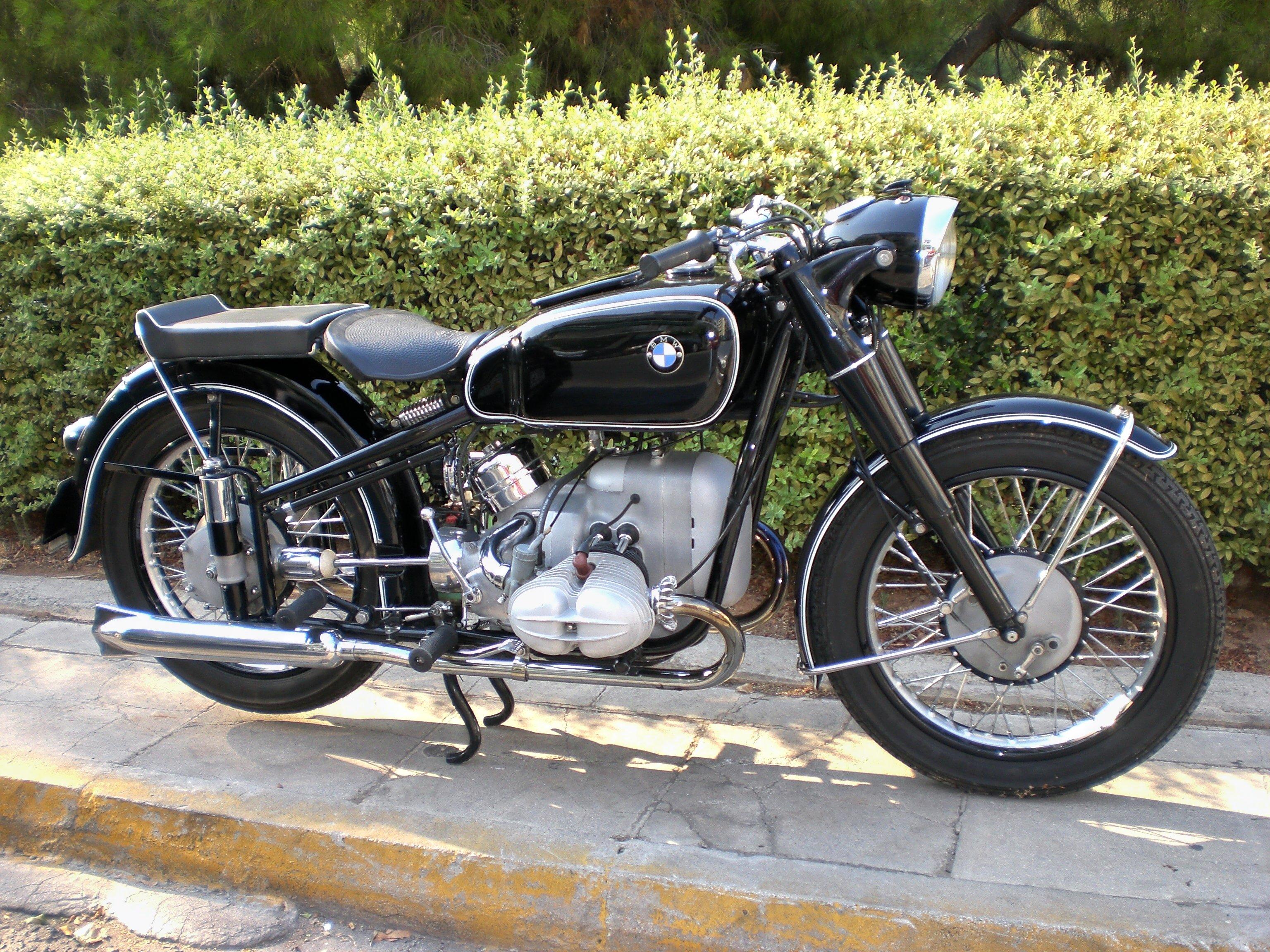
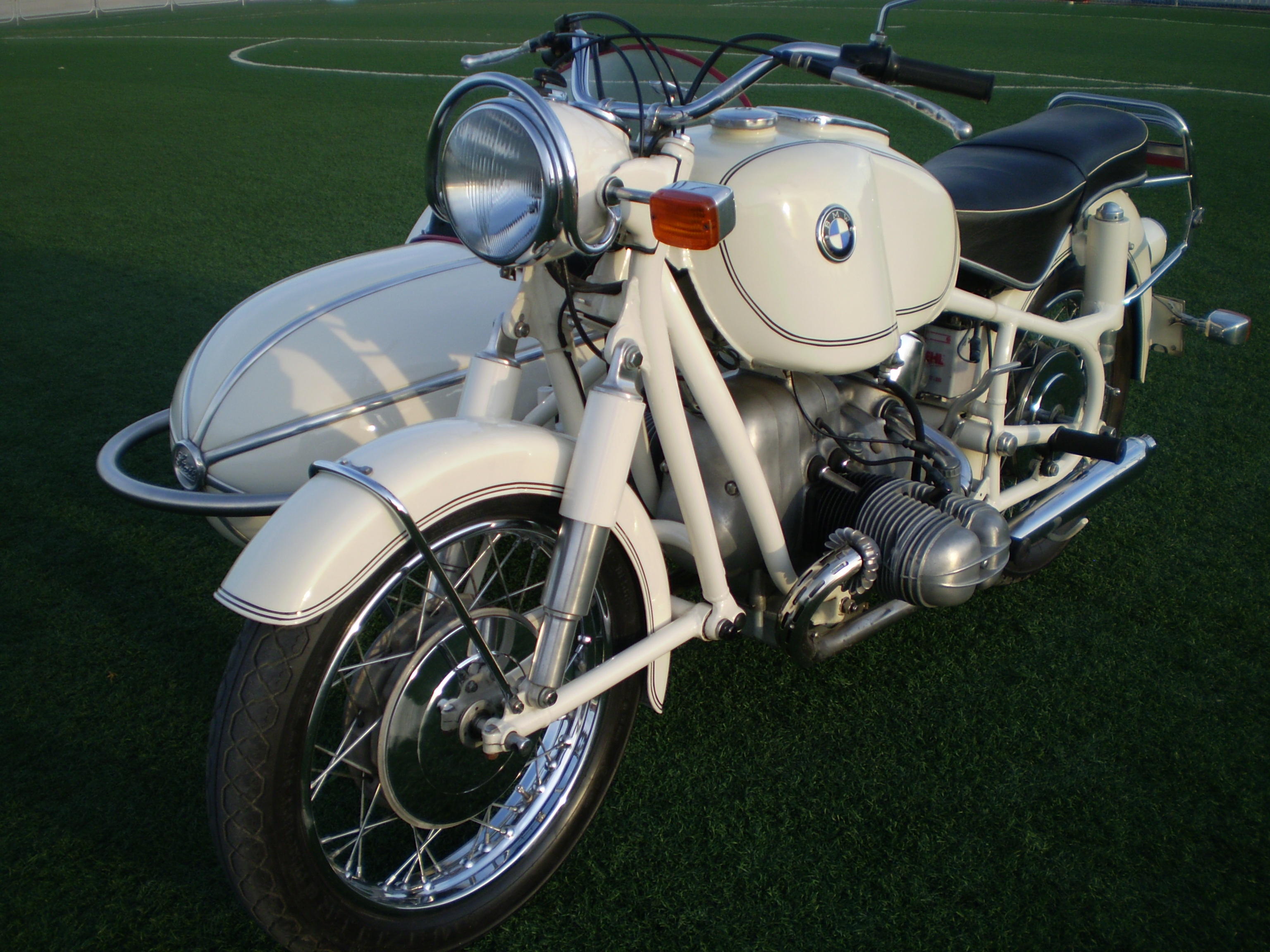
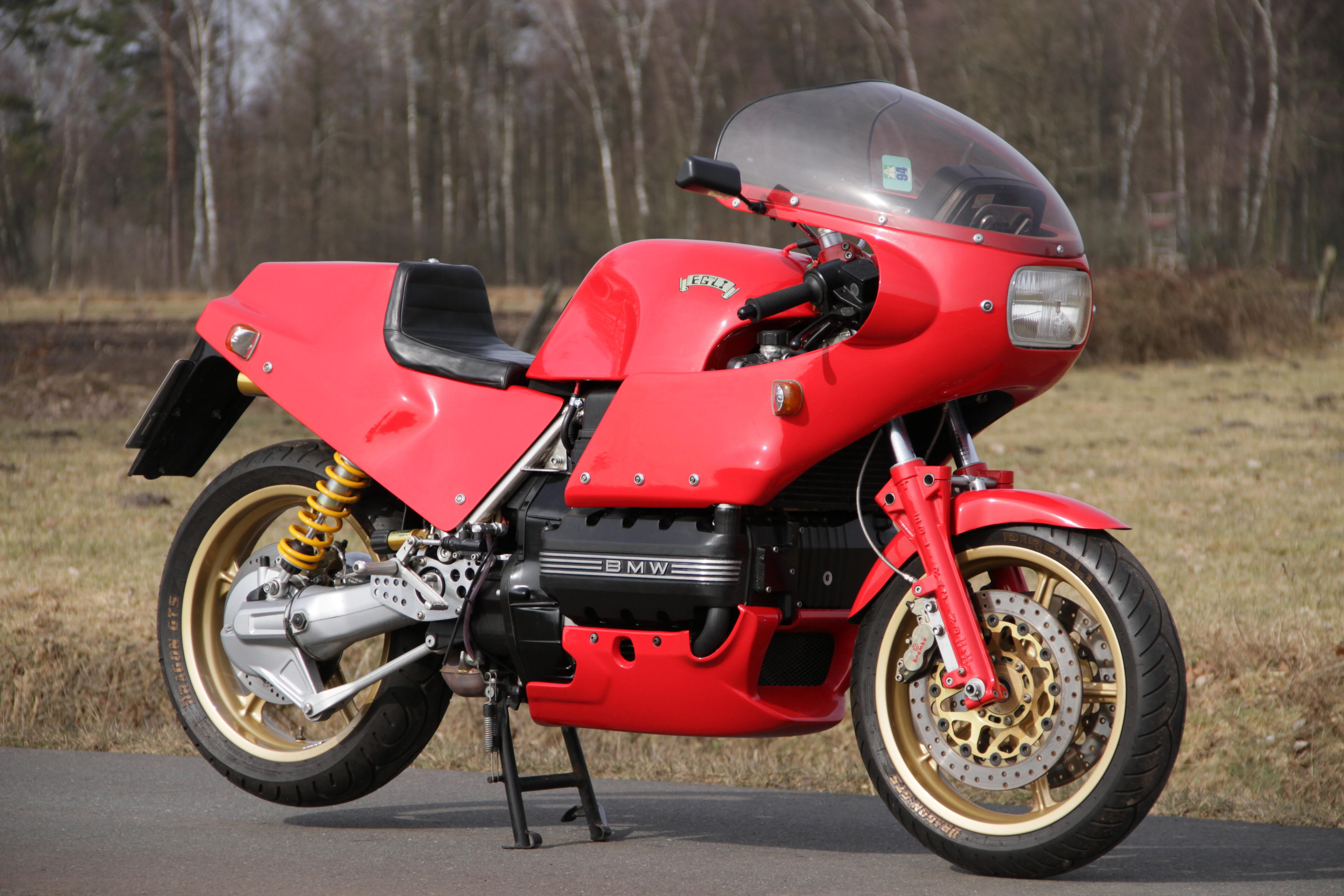
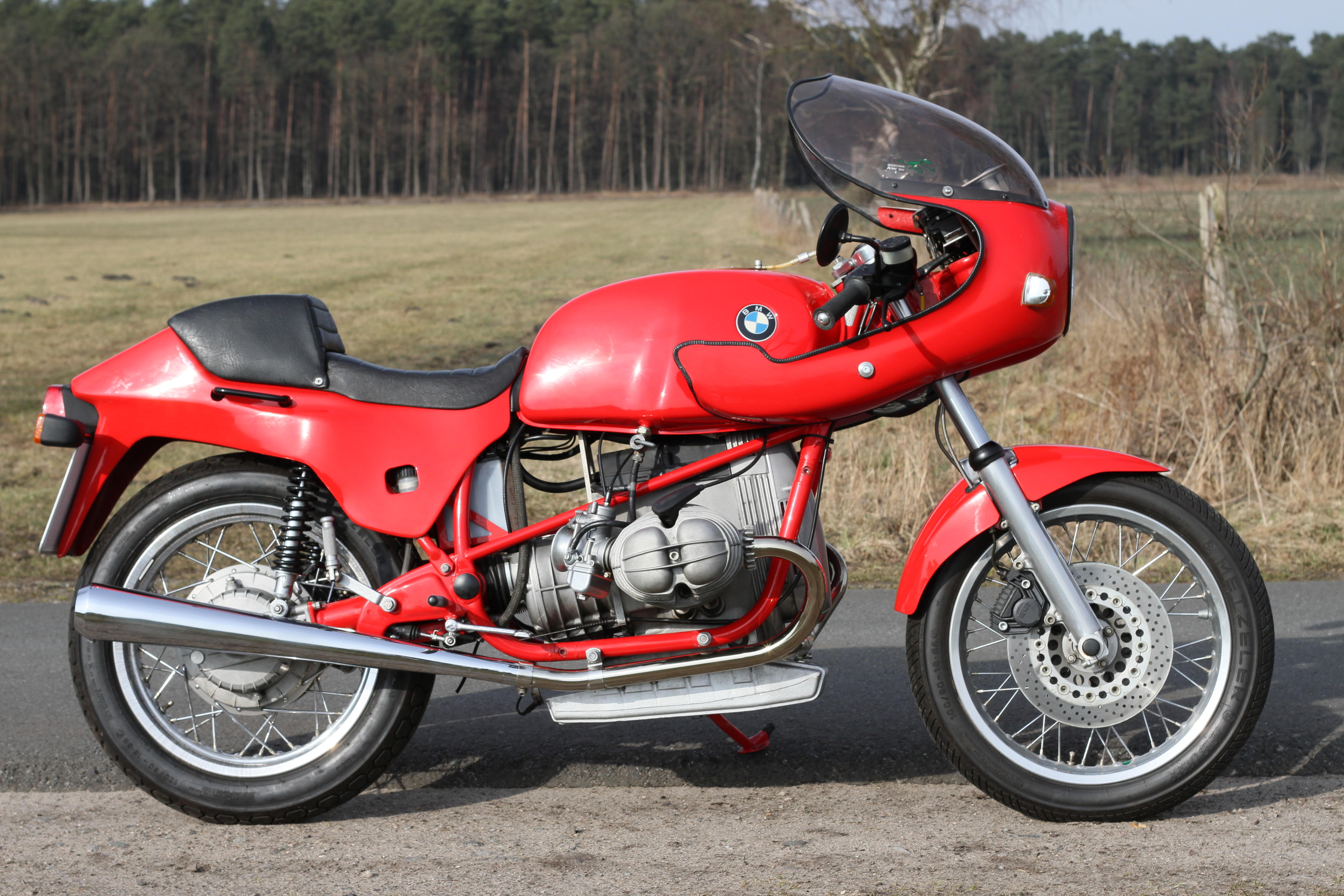
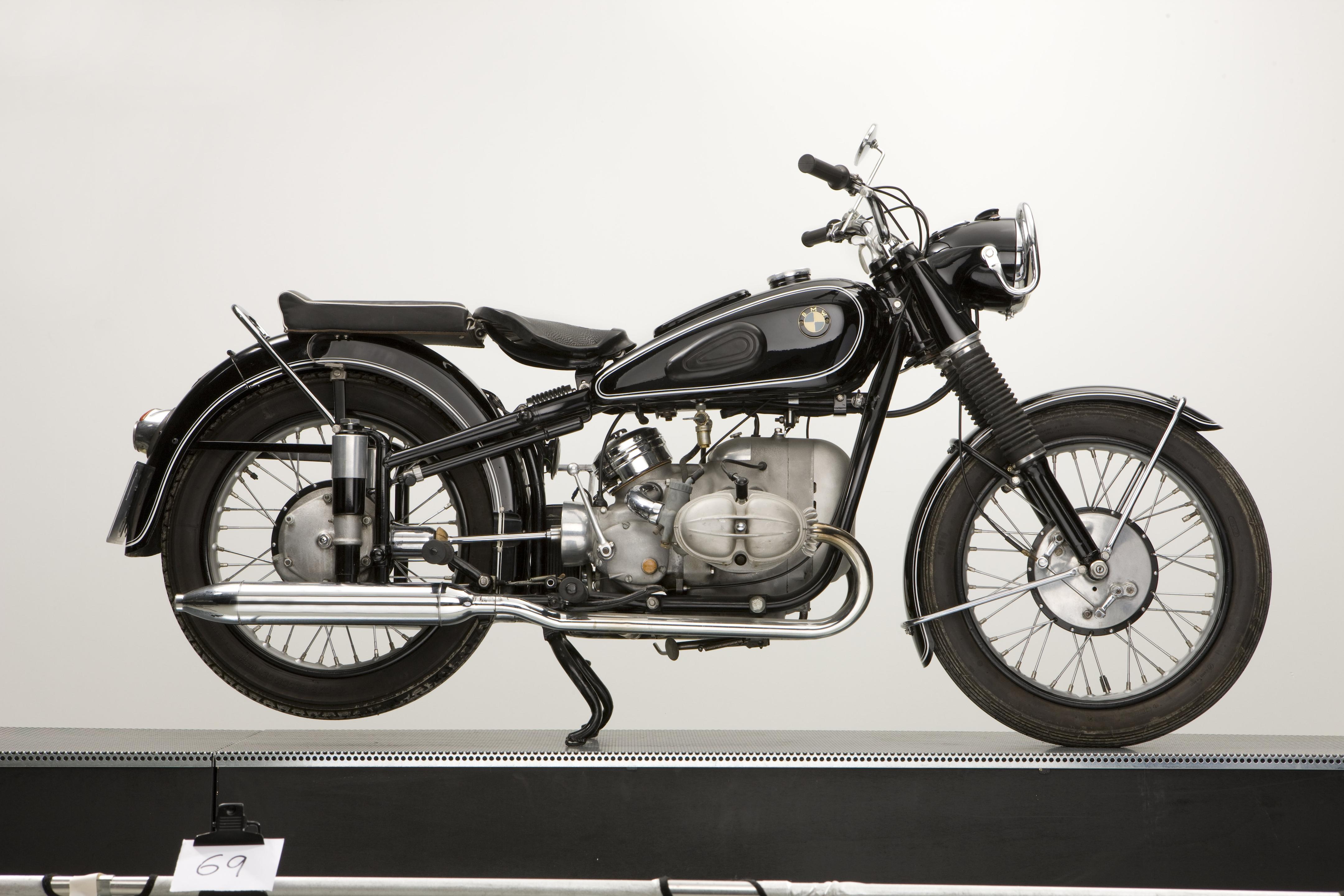
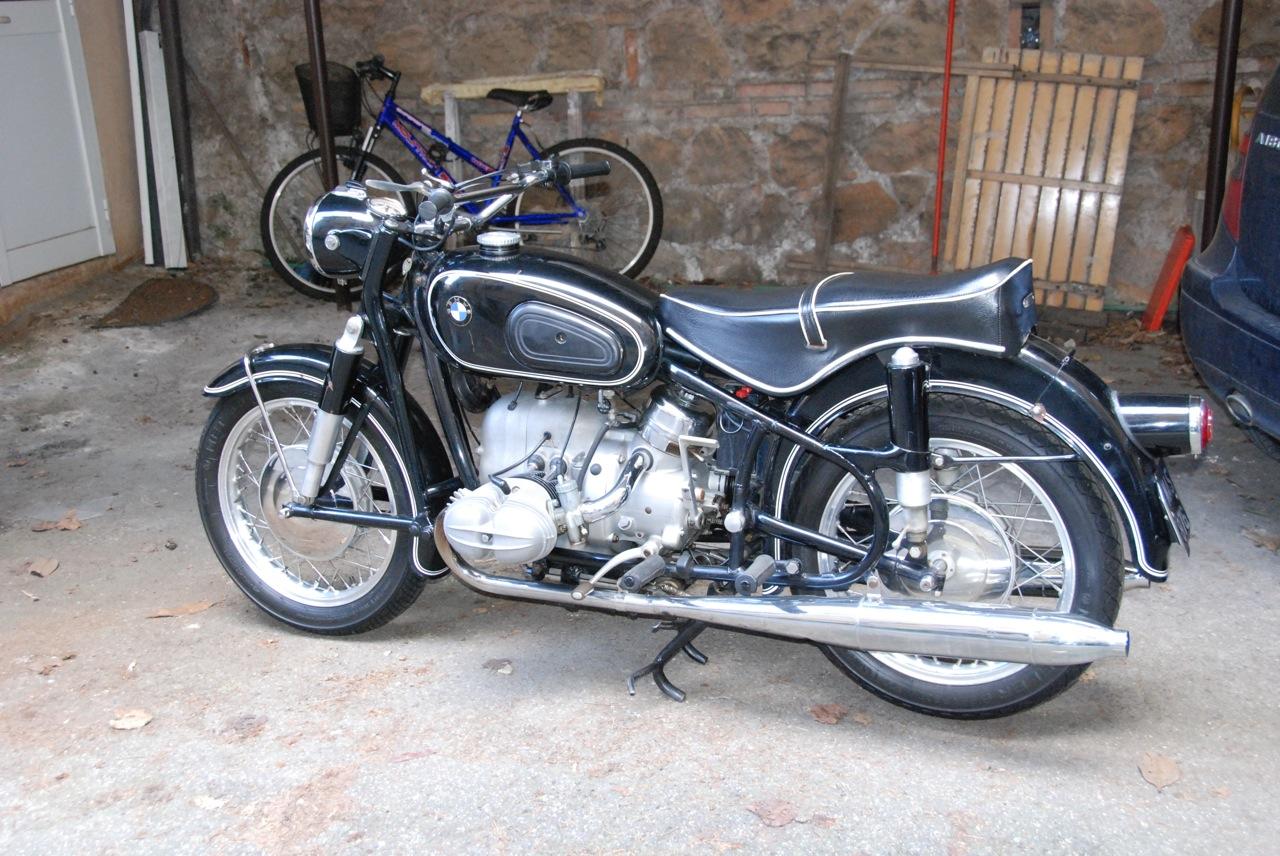
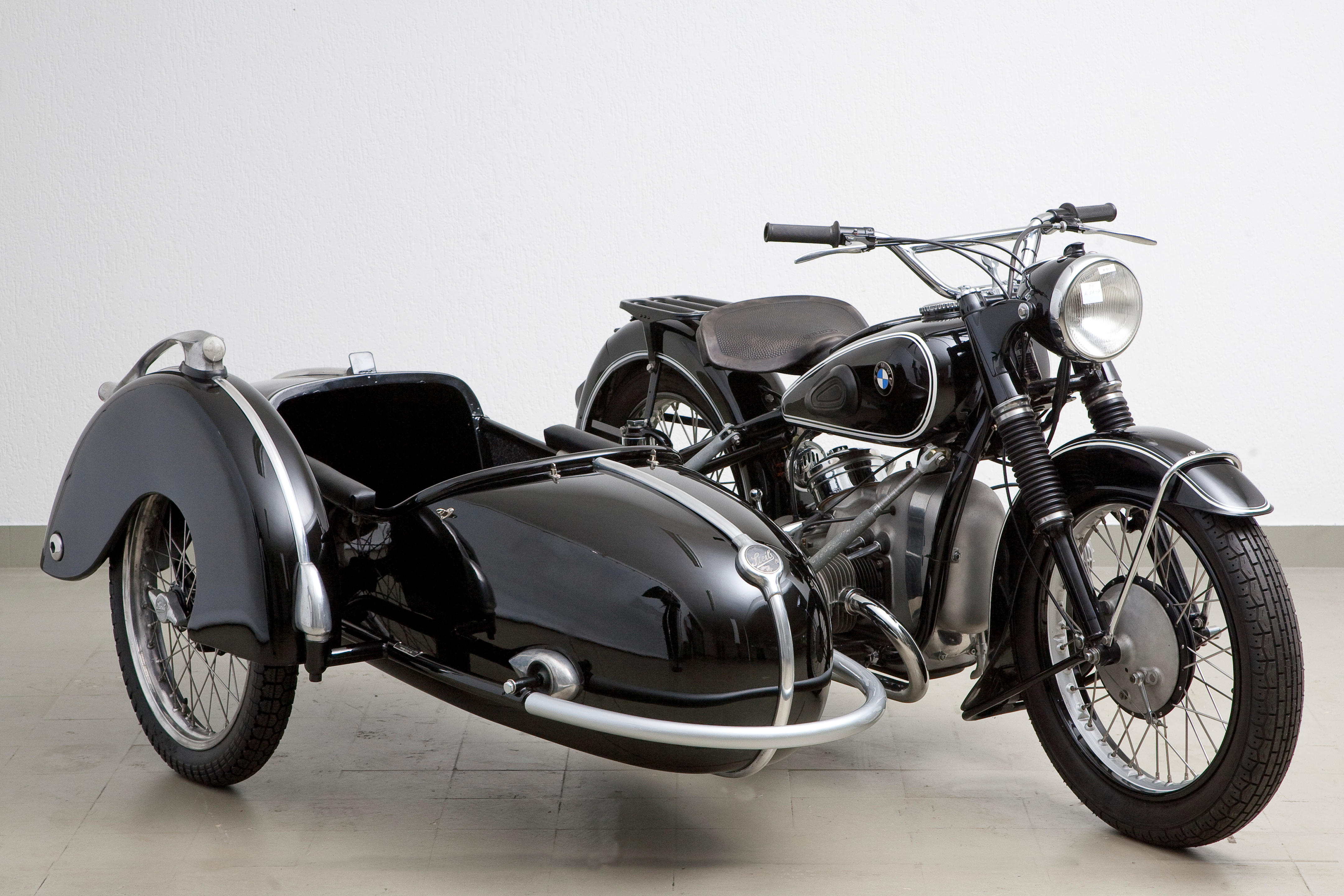
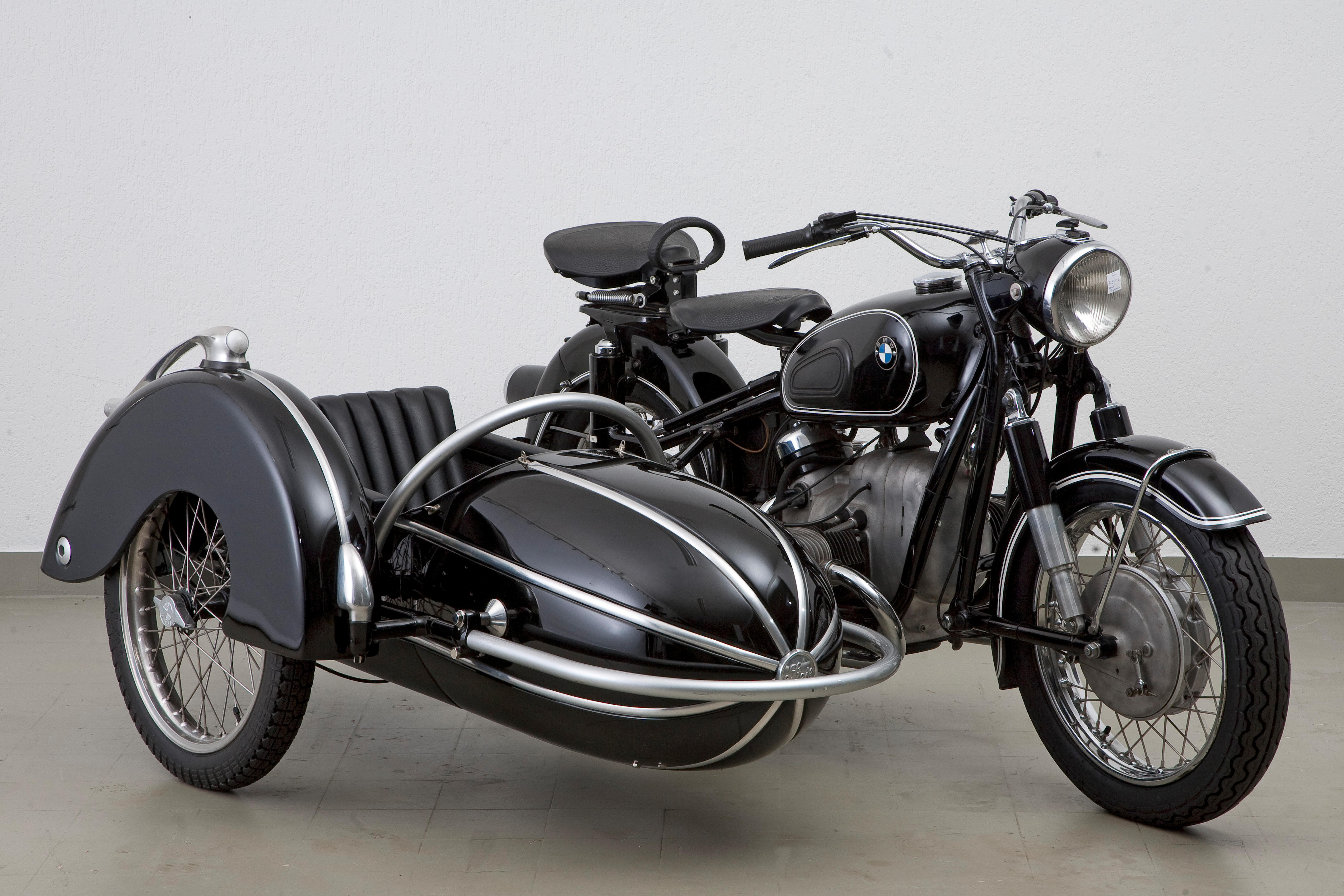


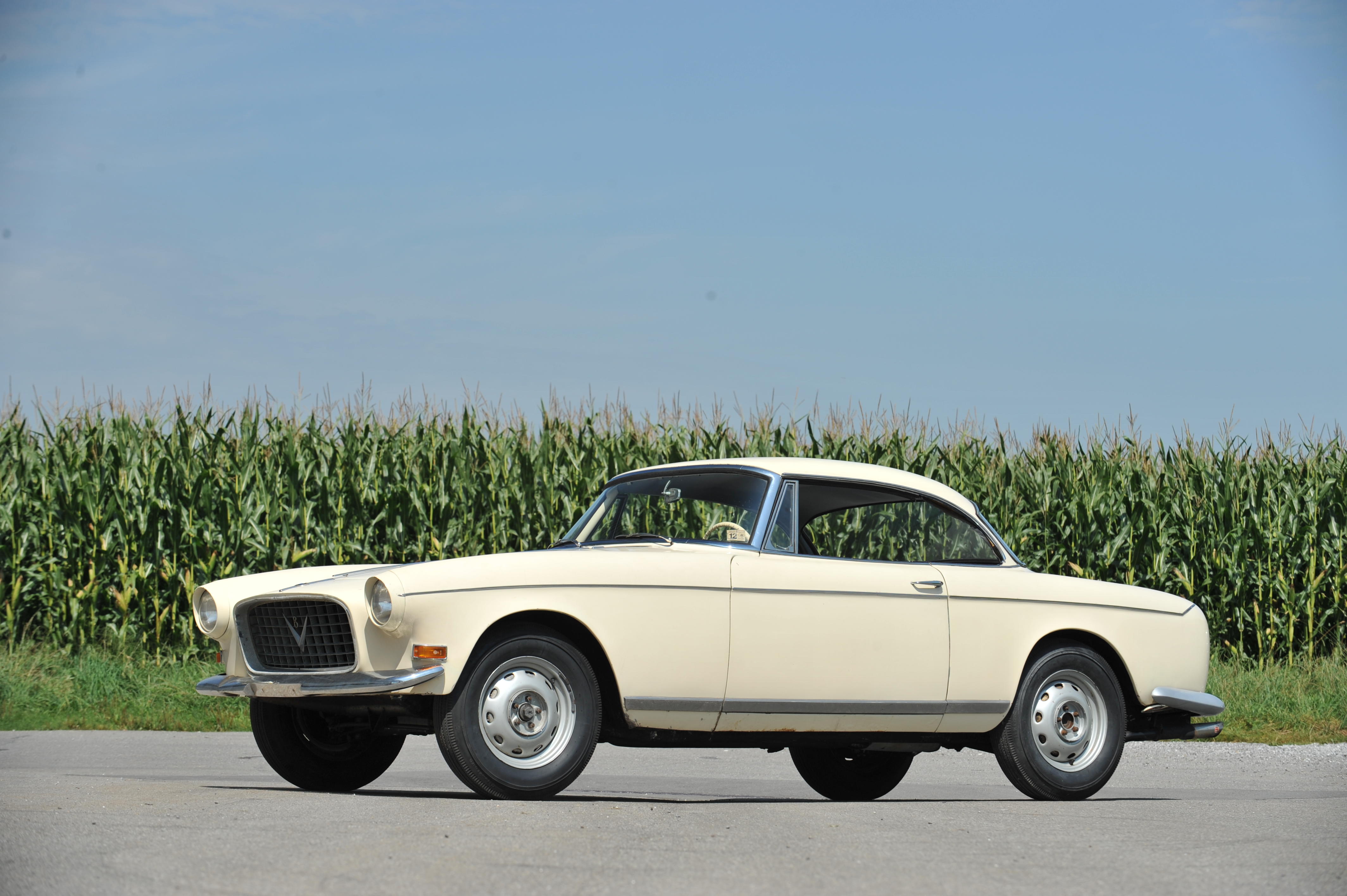
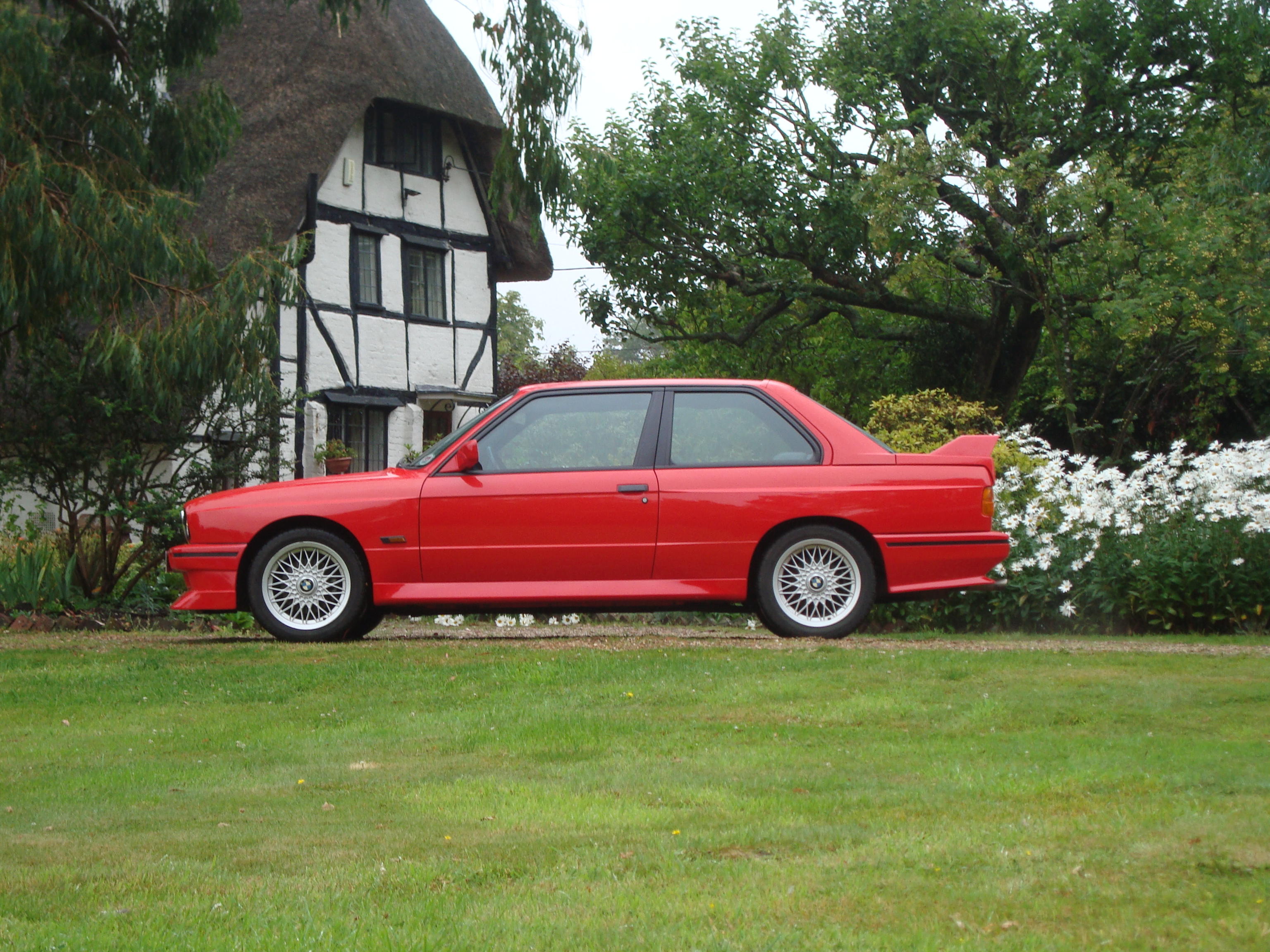


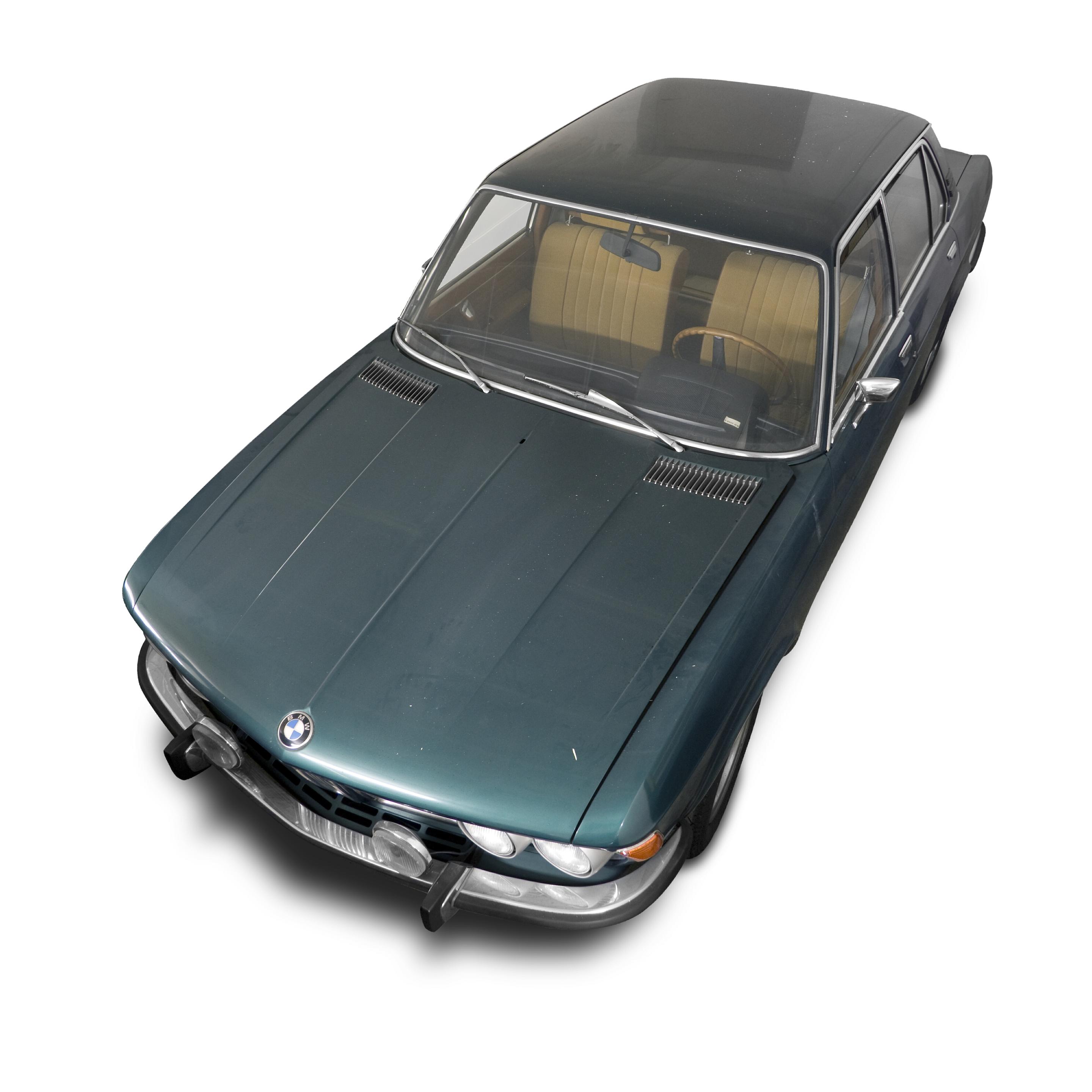
Try LotSearch and its premium features for 7 days - without any costs!
Be notified automatically about new items in upcoming auctions.
Create an alert